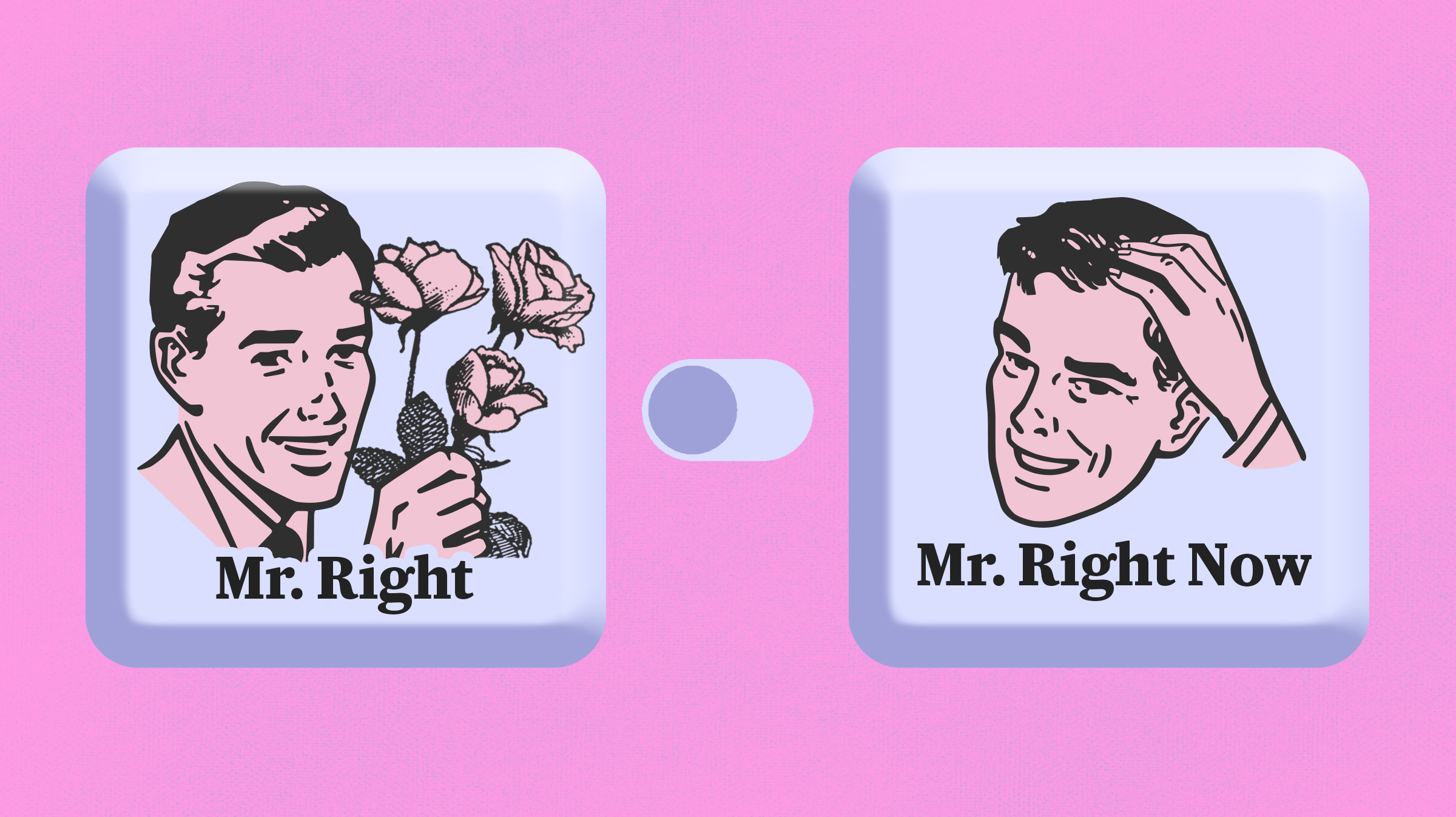
Mr Clarkson was put on treatment straight away and soon his virus levels were undetectable. HIV was still there but the drugs had pinned it down so it was unable to cause any damage and there was only a minuscule chance of him passing it on to a partner even without using condoms. Campbell said he was stigmatised online because of his HIV positive status. The reaction he got was a shock. What was noticeable was people were saying that were in their 50s. I thought why not add the U and see how it goes. But it caught on. Then to Sydney and beyond.
A registered nurse, Bill Patterson has been involved in HIV healthcare since the height of the crisis in the mids. While the message to test regularly had reached gay men, at risk women and people from diverse cultural and linguistic backgrounds were still waiting too long between check-ups. For those with HIV, the focus is now on not only staying physically fit but mentally well given they will have to take pills for the rest of their lives. He has also learned to live with his HIV infection. But I have a friend with type 2 diabetes and he spends a lot more time jabbing himself with a needle then I do taking pills.
Skip to: Log in No account? Sign up Log out news. Benedict Brook BenedictBrook. As I have observed elsewhere a: Within the realm of sexuality, "visibility regime" is a notion that seeks to produce a synthesis of the way societies confer recognition and make certain love arrangements visible while other forms of relationship are controlled through moral vigilance, public constraint and, in short, efforts to maintain those forms of love and sex relationships in a situation of relative discretion or invisibility. A visibility regime translates into sophisticated forms of power relations, since it is not based on direct prohibition; rather, on indirect yet highly efficient forms of management of what is visible and acceptable in everyday life.
On Gay Dating Apps, Hooking Up Is Out
Thus, when I speak of a new visibility regime, I am not speaking of something that should necessarily be seen in a positive light, nor of the general public display of homosexuality in everyday life. Quite the contrary, this regime has involved the construction of a "correct" form of visibility, related to the circulation of media images and to the internal division of homosexualities in which some forms become visible and recognized - even taken as models to be followed - while others are considered reprehensible even when not always or necessarily kept invisible.
Within a regime of visibility, hypervisibility - rather than covering - can actually become a major pitfall. Homosexuality continues to be seen negatively in feminine men and gender benders and associated in mechanical and dubious ways with transsexuals and crossdressers. This reveals continuity in relation to the social rejection of a homosexuality that is understood as a form of gender dislocation, particularly when it is manifested publicly, and is corroborated by the evident valorization of socially recognized "masculine" types on the social platforms that I have studied.
The majority of my interlocutors reproduce naturalized perspectives of gender. I have also seen that many - with varying degrees of consciousness - are fans of masculinizing gender technologies. Following Teresa de Lauretis , we are able to understand how certain social practices, and even basic exposure to socially hegemonic representations, become what she refers to as gender technologies.
Among the latter, I give salience to the use of digital media and how they expose users to regulatory models on how to be, whom to desire and what to do. It is evident that the use of applications in the search for partners, highly centered on the use of image, encourage and associate bodily practices such as weight lifting or the bodily construction of erotic types that the porno industry has construed as "bears".
A considerable portion of the profiles that we find on these platforms contain images of well-defined bodies or well-muscled shoulders, backs and biceps or strong, flat abdomens. In my interviews, I frequently found "masculine" men referred to as the most desirable, especially insofar as they were construed as "discreet", "passing for straight" or "acting straight". From my interviewees' words, I was able to infer that the eroticizing of bodies seen as "more masculine" coalesces with the desire to relate to other men without having to risk the public exposure of their desire.
This is certainly understandable in a society which has welcomed homosexuals within public spaces, as long as they are not recognizable as such. It is no coincidence that in digital media in general, and in a way that becomes even more evident in the applications studied here, the prevailing perception of homosexuality sees it an individual trait whose visibility should be managed in everyday life by those who fall into that category. This expectation is translated into common online expressions calling for discretion and confidentiality. In these media, being discreet or maintaining secret relationships is not the same as hiding homosexuality, as denoted by the old expression, "to be in the closet"; rather to negotiate, within each context, the degree of visibility in such a way as to maximize one's safety and avoid moral and material retaliation.
What does the [+u] symbol mean on Grindr and other dating apps? | ‘Undetectable’ HIV
Not showing one's face, as is the case for most of the profiles, together with the display of bodies or body parts, becomes a way of making oneself visible in which a later "revelation" of the part that identifies the person becomes a type of reward given to those whom the user is also interested in. This suggests that, notwithstanding recent political gains, we continue to live under a representation regime based on heterossexual hegemony. This is the cultural context within which recent communication technologies ally themselves with technologies of the body, producing subjects subjectively and physically.
Rather than constraints or oppression, what is at hand is a subtler form of subjugation that those who are subjected to willingly incorporate. Digital media induce users who are looking for sexual or love partners to imagine that the success of their efforts is partially or completely contingent on building a body through masculinizing techniques, meant to guarantee desirability in a competitive arena.
The use of digital media to obtain sex and love contacts does not merely signify adapting a technological tool to a pre-existing end. Platform users are, from the moment they get on line, induced to operate according to existing patterns of competition.

Their search tends to be shaped by these technological means, which, in turn, are guided by market logics. Yet this should not lead us to idealize off-line search as if it were free of filters, interests and forms of regulation. Rather, we should think about how online uses magnify historical tendencies such as those sociologist Eva Illouz has identified in her discussion of structures of search and choice of sexual and romantic partners.
I see the use of different platforms of mediated communication as a strategy to circumvent the continued restrictions on free, public expression of same-sex desire.
- The symbol invented in Australia that’s breaking down stigma on dating and social media profiles?
- Grindr and Tinder: the disruptive influence of apps on gay bars | Financial Times.
- free dating for gay guys in upstate ny;
- Chappy combats online dating ‘stigma’.
- dating sites for black gay;
- chappy gay dating review;
Through the use of applications, men who maintain discreet forms of behavior and self-presentation within work, family and educational environments are able to express their desire without exposing themselves to possible social retaliation, moral reprimand and even violence. This use of technology can thus be understood as a means for dealing with the existing lack in security and recognition for public expression of same-sex desire. Seven years of research have enabled me to collect enough empirical evidence to assert that, at least amongst my middle and upper-class interlocutors, lives are plagued more by a lack of security than by the threat of pure violence.
It is the risk of losing a job, moral reproach or ruptured family ties that impels them to search for partners through means that allow them to negotiate the visibility of their desires safely. Although new communication technologies provide greater and perhaps - for some - better opportunities for contacts and socialization than the ones that would be available offline, they also train their users in forms of self-presentation, behavior and relating that serve to reinforce the present hostile socio-political context.
Induced, regulated and even controlled by the collective demand not to publicize their desire and not to allow it to become recognizable, the latter becomes the condition for its tolerance.
- 10 Things I Learned About Gay Hook-Up Culture From My Day On Grindr.
- gay london escort;
- Gay App Speak.
- gay teen social media;
- On Gay Dating Apps, Hooking Up Is Out - VICE.
It must be kept within the confines of standards imposed by the political and cultural hegemony of heterosexuality. In other words, users subscribe to the regime of visibility I have outlined here not voluntarily but as the result of a range of different institutional constraints that regulate their lives through one of its most central and sensible elements: In the end, these subjects continue to face unequal conditions of access to love and affection, on and off-line - in short, to elements that have become increasingly valued in our culture as a means of social and personal recognition.
PlanetRomeo’s gay dating glossary
Eva Illouz For reasons that are normative the sexual revolution , social the weakning of class, racial, ethnic endogamy , and technological the emergence of Internet technology and dating sites , the search for and choice of a partner have profoundly changed. It is this context that what she refers to as sexual fields emerge: From a perspective that is attentive to the role of differences in the regulation of social life, and especially in the case of differences in the terrain of gender and sexuality, it is necessary to recognize that a regime of visibility is not imposed on previously constituted subjects; rather, it creates or recreates them through the cultural and material malleability of desire itself.
In the previous section, I emphasized symbolic elements, and in particular those that involve the insecurity prevailing in the case of those who live under daily moral scrutiny. I will now associate further elements to that discussion - precisely a consideration of material elements that can be distinguished from other bibliography and research on the supposed emergence of "recreational sex" Laumann et alli , ; Illouz, or regarding the protagonism of the market in people's lives, disconnecting the latter from their rootedness in the material, and in work in particular.
Newsletters are the new newsletters.
Following the tradition of critical and Marxist theories, I emphasize the relationship between material and moral elements within the contemporary scene, analyzed through what in another text b: In general terms, I refer to the way in which sex and love lives, and desire itself, comes to be expressed in the contemporary world, a post-industrial society centered around services, consumption, media segmentation and "flexible" forms of work.
Economy here refers both to the sphere of production and consumption and to forms of regulating desire, yet it emphasizes the symbolic exchanges in which sex and gender intelligibility become means to acquire, for example, social recognition. Taking clues from Eva Illouz , I give salience to the relationship between capitalism and desire, while considering the ways in which an economy of desire brings elements of moral and symbolic orders together, varying in virtue of which types of desire are at stake, that is, whether "opposite" or same-sex.
I see desire as a social and historical form, which can therefore be regulated according to collective interests that bring together moral, political and economic aspects. On this matter, I subscribe to Judith Butler's One can certainly concede that desire is radically conditioned without claiming that it is radically determined, and one can acknowledge that there are structures that make desire possible without claiming that those structures are timeless and racalcitrant, impervious to a reiterative replay and displacement.
Work is a key element in their lives; not coincidentally, it is referred to as something which enables them to preserve confidentiality and discretion in their relationships or even to maintain a guise of heterosexuality. As middle and upper class professionals, they all have access to the equipment they need in for internet connection, which for many is in fact a part of their basic work routines.
With most of their time taken up by work, or perhaps study, as well as social and family relations in which the demands of heterosexuality prevail, digital media enter their lives as an element that extends daily heterosexist pressures and allows modulated contact with other men. Online searches thus become part of the context in which, from the initial expansion of commercial internet until today, there has been a prevailing separation of platforms set up to search for heterosexual love partners mainly on the part of women and online environments associating male homosexual desire with the quest for sex.
Rather, it purifies heterosexual sex by associating it with love and the reproduction or constituting of families, while updating longstanding conceptions that associate male homosexuality with unfettered sexual desire - thereby reproducing a historic association of masculinity with desire and male homosexuality with sexual desire alone. The centrality of the search for sex without commitment becomes an a priori that leads users into using these tools in accordance with the above-described premises, sometimes even unconsciously.
One of the most evident elements lies in the way the platforms and tools geared toward a male homosexual public are designed, valuing image over written text. Although written text may not be the major attraction of these platforms, they nonetheless provide a number of forms for self-identification and search that incorporate categories created by the porn industry.
This is an understandable commercial strategy, given the fact that sites and applications are lucrative businesses whose advertisers include companies that provide pornography, erotic products, nightclubs, saunas and other services geared toward homosexuals. Furthermore, as Sharif Mowlabocus In this context, regardless of user's initial intentions, once online he is easily induced to creating a self-commodifying profile that enables him to enter a kind of sex market.
Piscitelli, Assis e Olivar Although my field of research is not that of commercial sex, it is intersected by the market through the material and symbolic exchanges that take place within it. It is possible to use digital media in the search for love and sex partners without paying for use of sites and apps, yet in addition to the restrictions that this imposes, users continue to be exposed to the advertising of related services. One way or another, all users' activities fall within the realm of the market and, insofar as they search for love, they are expected to present themselves as desirable and to commoditize themselves according to the most valued patterns of a sphere characterized by open competition.
This requires the use of photos in which the user embodies the standards that prevail within advertising that targets the male homosexual public. The centrality of the body in this commodification process is easily recognizable.
Within apps, the typical profile of the successful person is also one which renders the user sexually attractive, done through the use of photos in which muscles, facial hair and well-defined stomachs can be seen.
 Scene in gay dating apps means
Scene in gay dating apps means
 Scene in gay dating apps means
Scene in gay dating apps means
 Scene in gay dating apps means
Scene in gay dating apps means
 Scene in gay dating apps means
Scene in gay dating apps means
 Scene in gay dating apps means
Scene in gay dating apps means
Related scene in gay dating apps means
Copyright 2020 - All Right Reserved